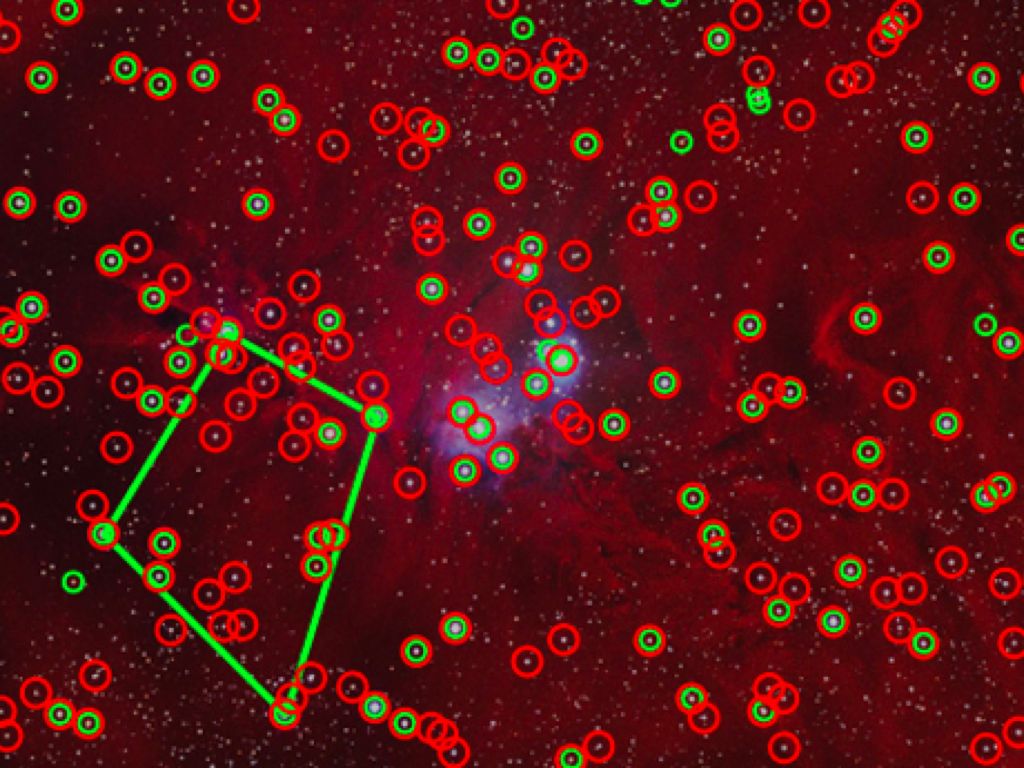
NEAT ASTROMETRY FULL
Traditional Full Moon names Apr 10/11: Venus Next to the Pleiades 10 Apr Apr 6: Pink Moon 6 AprĪpril's Full Moon is traditionally known as the Pink Full Moon. Led by Astronomers Without Borders, a non-profit organization, the month-long event encourages people to share the sky. We’re proud to support Global Astronomy Month. Venus: Our twin planet Apr 1: Global Astronomy Month 1 Apr Venus, shining as a dazzling ‘evening star’, appears next to a thin Crescent Moon. Mar 23/24: Venus and the Crescent Moon 23 Mar Solstice & equinox times worldwide Mar 21: New Moon 21 Marĭark nights a few days before and after the Moon reaches its New Moon phase at 17:23 UTC on March 21 are the best nights to do some night sky watching.

The March equinox is the first day of spring in the Northern Hemisphere and the start of fall in the Southern Hemisphere, by astronomical definitions. The Full Moon in March is traditionally called Worm Moon, after earthworms that tend to appear around this time in many locations in the Northern Hemisphere. What is a Supermoon? Mar 7: Worm Moon 7 Mar As in January, this month’s New Moon is a Supermoon. Take advantage of the New Moon to check out the night sky, weather permitting, of course. For the second month in a row, this is a Micromoon. What is a comet? Feb 5: Snow Micromoon 5 FEBįebruary's Full Moon is also known as Snow Moon in many Northern Hemisphere cultures. It might be possible to spot with the naked eye. This might be a good time to try and spot Mercury: the planet appears at its farthest distance from the Sun in the morning sky.įind Mercury with our Interactive Night Sky Map Feb 1: Green Comet Closest to Earth 1 FEBĬomet C/2022 E3 (ZTF)-also known as the Green Comet-makes its closest approach to Earth. What is a conjunction? Jan 30: Mercury at Greatest Elongation West 30 Jan At their closest point to each other, the planets will be separated by 0.34 degrees. Venus will pass close to Saturn in the evening sky. What is a Supermoon? Jan 22: Conjunction of Venus and Saturn 22 Jan The New Moon of January 2023 will be the closest New Moon to Earth since the Middle Ages. What is a Micromoon? Jan 21: Remarkably Close New Moon 21 Jan The first Full Moon of the year is colloquially known as Wolf Moon in many northern cultures. What is a meteor shower? Jan 4: Earth's Perihelion 4 JanĪt 16:17 UTC, the Earth will reach its perihelion-the point on its orbit closest to the Sun. The first major meteor shower of 2023, the Quadrantids, peaks on the night of January 3 and early morning hours of January 4. Jump to: JAN | FEB | MAR | APR | MAY | JUN | JUL | AUG | SEP | OCT | NOV | DEC Astronomical Events in 2023 Jan 3/4: Quadrantids Meteors 3 Jan


Tracking of near-Earth asteroids as a proxy for observations of future Resulting in higher astrometric precision than the 100 mas level astrometryįrom traditional approach of using long exposure images. Technique avoids the trailing loss and keeps the jitter effects from atmosphereĪnd telescope pointing common between the asteroid and reference stars, Track both target asteroid and reference stars across the field of view. We used the technique of synthetic tracking, in which many shortĮxposure (1 second) images are acquired and then combined in post-processing to Using the Pomona College 40 inch telescope, at the JPL's Table Mountainįacility. This paper reports on aĭemonstration of 10 milliarcsecond-level astrometric precision on a dozen NEAs (NEAs) and therefore better tracking them.
NEAT ASTROMETRY PDF
Download a PDF of the paper titled Accurate Ground-based Near-Earth-Asteroid Astrometry using Synthetic Tracking, by Chengxing Zhai and 15 other authors Download PDF Abstract: Accurate astrometry is crucial for determining orbits of near-Earth-asteroids


 0 kommentar(er)
0 kommentar(er)
